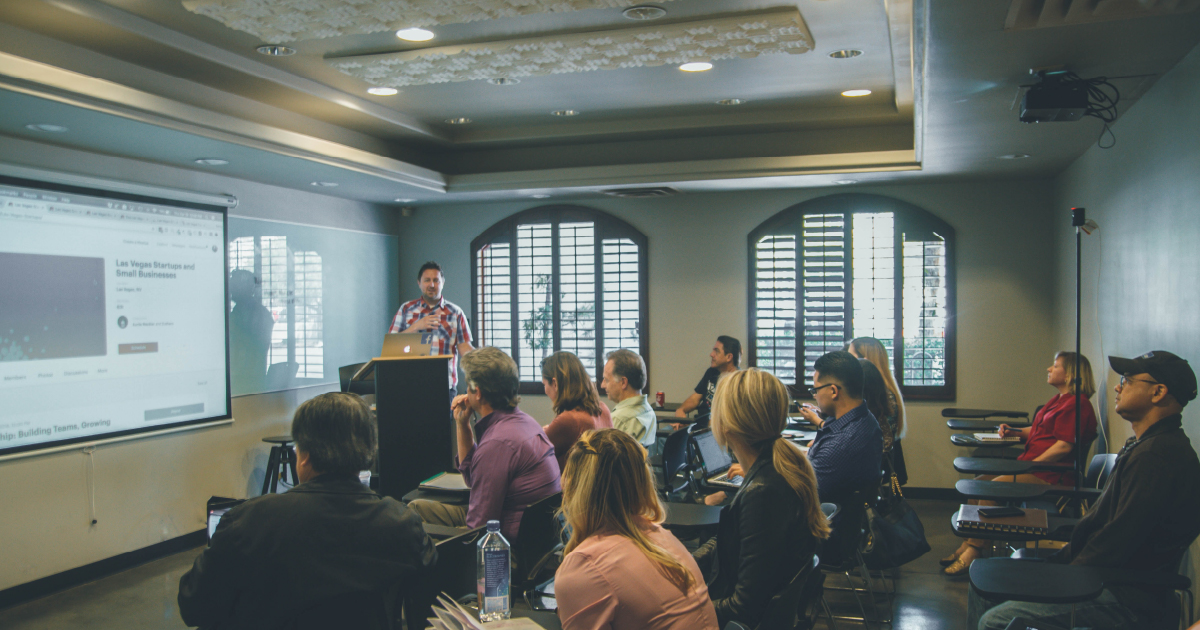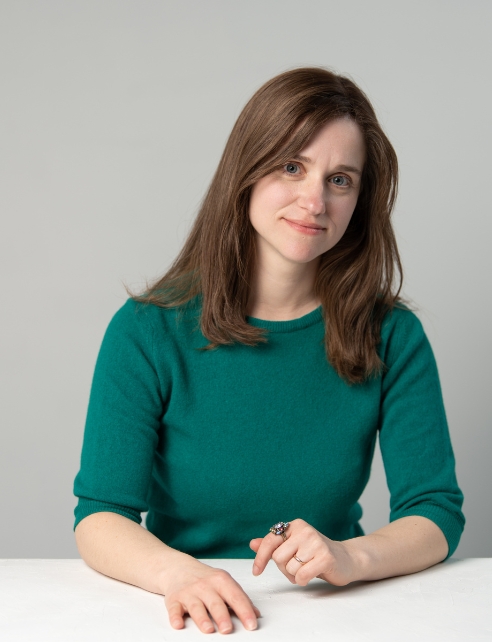Best Practices
Essays and Thoughts
Grow Your Program
What is the Future of In-Person Enrichment Classes?

For in-person enrichment programs, the pandemic changed everything. Classrooms, theaters, and workshops fell silent when in-person classes were paused. Organizations scrambled to enable online learning and experimented with HyFlex learning models. Through it all, enrichment programs stayed true to their mission of enriching the lives of children and adults through educational opportunities.
Now, as we look forward to a post-pandemic world, leaders are applying lessons learned during the crisis to future-proof their programs. We turned to members of the CourseStorm community to gather their insight on what the future of in-person enrichment may look like.
All agree that in-person enrichment classes are too valuable to lose, but remote learning can help meet student needs as well. Like improv performers, administrators of community education programs have learned to say, “Yes, and…” As in, “Yes, we will have in-person classes again, and asynchronous, hybrid, and HyFlex learning options, too.”
“The pandemic was obviously a scary and challenging time for everyone,” said CourseStorm CEO Brian Rahill. “In education, organizations worked quickly to shift in-person classes to online experiences. They had some moderate success early on. However, over time, they found that there is often no adequate substitute for being in person.”
Quick Shifts and Opportunities for Learning
Before the pandemic, Red Mountain Theater in Birmingham, AL, hosted classes and workshops alongside concerts and drama productions. Their theater-based educational opportunities for youth included in-person skill-building classes, student programs, private sessions, and youth performance programs.
The abrupt end to in-person instruction meant that they had to stop offering some courses altogether and shift others to a virtual learning model.
“The name of the game was, be flexible and keep learning,” said Bradford Forehand, Director of Education. “When something didn’t work, we shifted. I feel as though we learned something new every week.”
They recorded some new courses to create asynchronous learning opportunities. Reaching out to the larger theater community through online platforms and social media helped them stay connected and learn from peers.
“People are resilient,” Forehand said. “We found that no matter the medium, storytelling is storytelling, and we worked to use that to our advantage.”
Mixing Up Modes of Delivery
At York Adult Education in York, ME, they already offered both in-person and asynchronous online classes, including a full range of academic, career development, and lifelong learning courses for adults. When the pandemic sent students home, they converted all in-person classes to an asynchronous online format.
This quick shift allowed them to keep offering their full course catalog, but it wasn’t all good news. Students were more easily distracted at home, especially since many were sharing space with family members who were also studying or working remotely. For those classes that required special materials, the distribution of supplies was a logistical challenge. Most concerningly, instructors found it much more difficult to help students during hands-on classes like painting, sewing, or woodworking.
Despite the drawbacks, the shift also brought some benefits that Director Lisa Robertson hadn’t expected. Many students enjoyed not having to venture out into the cold, dark Maine winters to attend classes. Fitness classes, in particular, saw a bump in attendance because people were less self-conscious in the privacy of their own homes.
“There are those who are chomping at the bit to resume in-person classes and those who are very hesitant and fearful,” Robertson said.
Ultimately, Robertson thinks the best way to keep serving everyone is to offer a HyFlex learning model wherever possible. Informational, discussion, and academic classes will offer teleconferencing options for those who have health and safety concerns or transportation challenges. Meanwhile, hands-on classes will go back to fully in-person as much as possible.
Rahill believes that the mixed delivery model offered by York Adult Education is likely to become the norm among enrichment programs.
“I think we will start to see more flexibility and options overall,” Rahill said. “People will expect a mix of hybrid classes that allow anyone to connect however and whenever they choose.”
The Power of Personal Connections
Before the pandemic, the Digital Arts Experience in Scarsdale, NY, offered all of their workshops, clubs, classes, and camps in person. Their mission: to prepare students for future success through STEAM education. The pandemic forced a quick pivot. They canceled some classes and moved others online.
Robert Kissner, Founder and President of DAE, says they have always focused on collaboration and meaningful human interaction in their classes. “Switching to online learning made us realize that we needed to double down on facilitating meaningful interactions between kids,” he said.
They started providing more opportunities for students to talk to each other and present to the group. When possible, they let students take control of the class to teach their peers. Sometimes conversations strayed from the curriculum, but this often helped build a more engaging and interactive experience.
“As a result, we could cater the curriculum to the interests of the group,” Kissner said. “We established that our online classrooms were a place of equals sharing ideas and connecting on common interests.
Connection was already the core of the DAE community education model, but the pandemic revealed new methods to facilitate meaningful human interaction in all of their programs.
Rahilll has heard similar stories from many of CourseStorm’s clients. “While some virtual enrichment experiences have increased flexibility and broken down distance barriers, ultimately people are craving a renewed sense of connection,” he said. “People crave in-person enrichment because they’re looking to connect with a community of people that share their passions and interests.”
Applying Lessons Learned to the Future of In-Person Enrichment
Summarizing the lessons York Adult Education learned during the pandemic, Robertson said, “I think the pandemic has given our communities a hunger for connection and demonstrated the resilience and perseverance of our program and staff—but it has also been a tool to collect data, proving that in-person learning is more effective.
As students return to the Red Mountain Theater, Forehand reflected that, “We learned the value of support and are working to include more ways to support our young people, such as mental health resources and time in class to just talk.”
At DAE, the last 18 months have renewed their commitment to their guiding principles. “The shift in mindset about our classes will continue to develop,” Kissner said. “I think we all learned the value of collaboration and meaningful human interaction, and we will continue to develop methods to facilitate that in all our programs.”
Ultimately, the future of in-person enrichment is a moving target. Each program must evolve to meet the needs of the students. The best advice we can give for how to future-proof your in-person enrichment programs comes from our own Brian Rahill, “Make sure you have a group of people that you can connect with to share best practices, challenges, stories, and successes. Together we can all brave this new future.”
Connect with CourseStorm. We can help support your in-person, online, and hybrid learning programs with a class registration management solution that offers built-in tools to communicate and connect with students.

Nic Lyons
Nic is skilled in scaling start-up edtech and education organizations to growth-stage success through innovative marketing. A former journalist and copywriter, Nic holds a postgraduate certificate in digital and print publishing from Columbia University School of Journalism's publishing course.
